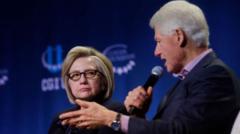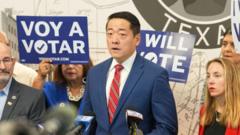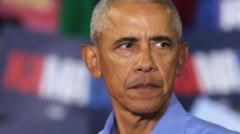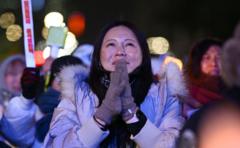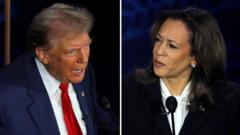In recent years, a remarkable surge in women candidates has been observed in U.S. politics, particularly within the Democratic Party. With elections on the horizon, women like Kimberly Pope Adams are stepping forward, inspired by training programs designed to equip them with essential campaign skills. Adams, previously an auditor in Virginia, took part in a six-month Emerge training that honed her abilities in campaign finance, communications, media strategy, and more.
Though Adams faced defeat by just 53 votes in her first run for office, she remains undeterred as she seeks a more competitive seat this November. Intentionality has paid off for Democratic women candidates, states Debbie Walsh, director of The Center for American Women and Politics. Data shows that the gap in representation between Democratic men and women in state legislatures is nearly closed, rising from 34.1% to equal numbers, while Republican women lag considerably at just 21.3% of GOP lawmakers.
Organizations such as Emerge and Emily’s List have played pivotal roles in empowering women candidates. Emerge, which has trained over 6,500 women across 27 states, has seen substantial success with about 1,200 alumni currently serving in office. Emily’s List claims to have contributed millions in support of female candidates, emphasizing diverse representation in leadership.
Despite these advancements, challenges remain, particularly for Republican women, whose numbers have only slightly increased over the past decades. Initiatives for their distinct training have not matched the resources available to their Democratic counterparts, leading to a significant disparity in female leadership within the GOP.
As the landscape of U.S. politics continues to evolve, the push for greater representation and empowerment of women remains a crucial agenda for both Democratic groups and advocates of equality in political representation. By fostering an inclusive political environment where women can thrive, the aim is to achieve a balanced representation that reflects the general population.



